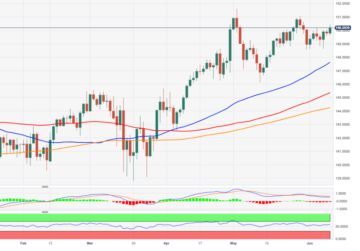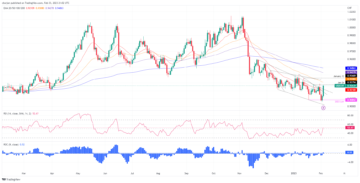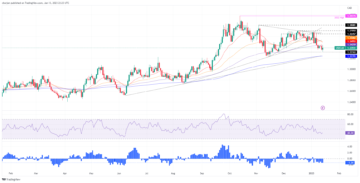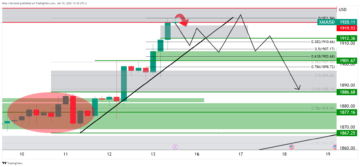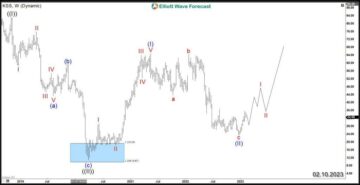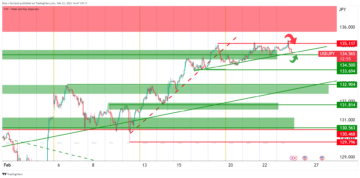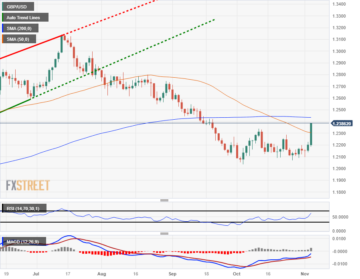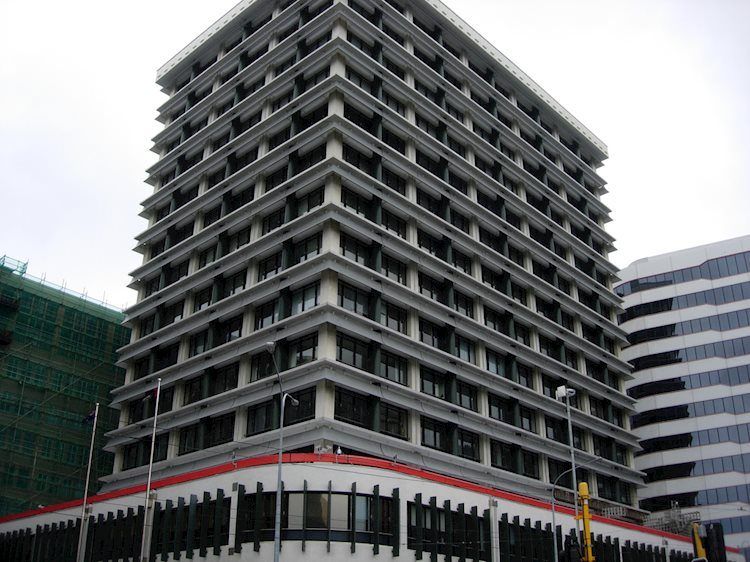
The Reserve Bank of New Zealand (RBNZ) Chief Economist Paul Conway said on Wednesday that the falls in inflation are encouraging. Conway added that interest rates will need to stay restrictive for a sustained period of time.
Market reaction
The RBNZ’s Conway speech had little to no impact on the New Zealand Dollar. NZD/USD was trading at 0.6090, up 0.07% on the day.
RBNZ FAQs
The Reserve Bank of New Zealand (RBNZ) is the country’s central bank. Its economic objectives are achieving and maintaining price stability – achieved when inflation, measured by the Consumer Price Index (CPI), falls within the band of between 1% and 3% – and supporting maximum sustainable employment.
The Reserve Bank of New Zealand’s (RBNZ) Monetary Policy Committee (MPC) decides the appropriate level of the Official Cash Rate (OCR) according to its objectives. When inflation is above target, the bank will attempt to tame it by raising its key OCR, making it more expensive for households and businesses to borrow money and thus cooling the economy. Higher interest rates are generally positive for the New Zealand Dollar (NZD) as they lead to higher yields, making the country a more attractive place for investors. On the contrary, lower interest rates tend to weaken NZD.
Employment is important for the Reserve Bank of New Zealand (RBNZ) because a tight labor market can fuel inflation. The RBNZ’s goal of “maximum sustainable employment” is defined as the highest use of labor resources that can be sustained over time without creating an acceleration in inflation. “When employment is at its maximum sustainable level, there will be low and stable inflation. However, if employment is above the maximum sustainable level for too long, it will eventually cause prices to rise more and more quickly, requiring the MPC to raise interest rates to keep inflation under control,” the bank says.
In extreme situations, the Reserve Bank of New Zealand (RBNZ) can enact a monetary policy tool called Quantitative Easing. QE is the process by which the RBNZ prints local currency and uses it to buy assets – usually government or corporate bonds – from banks and other financial institutions with the aim to increase the domestic money supply and spur economic activity. QE usually results in a weaker New Zealand Dollar (NZD). QE is a last resort when simply lowering interest rates is unlikely to achieve the objectives of the central bank. The RBNZ used it during the Covid-19 pandemic.
- SEO Powered Content & PR Distribution. Get Amplified Today.
- PlatoData.Network Vertical Generative Ai. Empower Yourself. Access Here.
- PlatoAiStream. Web3 Intelligence. Knowledge Amplified. Access Here.
- PlatoESG. Carbon, CleanTech, Energy, Environment, Solar, Waste Management. Access Here.
- PlatoHealth. Biotech and Clinical Trials Intelligence. Access Here.
- Source: https://www.fxstreet.com/news/rbnzs-conway-rates-need-to-stay-restrictive-for-a-sustained-period-declines-in-core-inflation-encouraging-202403052316
- :is
- $UP
- 31
- 32
- 34
- 35%
- 41
- a
- above
- acceleration
- According
- Achieve
- achieved
- achieving
- activity
- added
- aim
- an
- and
- Animate
- appropriate
- ARE
- AS
- Assets
- At
- attempt
- attractive
- BAND
- Bank
- Banks
- BE
- because
- between
- Bonds
- borrow
- businesses
- buy
- by
- called
- CAN
- Cash
- Cause
- central
- Central Bank
- chief
- committee
- consumer
- consumer price index
- content
- contrary
- control
- Core
- core inflation
- Corporate
- country
- country’s
- COVID-19
- COVID-19 pandemic
- CPI
- Creating
- Currency
- day
- Declines
- defined
- Dollar
- Domestic
- during
- easing
- Economic
- Economist
- economy
- employment
- encouraging
- ends
- eventually
- expanded
- expensive
- extreme
- Falls
- FAQ
- financial
- Financial institutions
- For
- For Investors
- from
- Fuel
- generally
- goal
- Government
- had
- higher
- highest
- households
- However
- HTTPS
- if
- Impact
- important
- in
- Increase
- index
- inflation
- institutions
- interest
- Interest Rates
- Investors
- IT
- ITS
- jpg
- Keep
- Key
- labor
- labor market
- Last
- lead
- Level
- little
- local
- Long
- Low
- lower
- lowering
- maintaining
- Making
- Market
- maximum
- measured
- module
- Monetary
- Monetary Policy
- monetary policy committee
- money
- money supply
- more
- MPC
- Need
- New
- New Zealand
- no
- NZD
- NZD/USD
- objectives
- OCR
- of
- official
- on
- or
- Other
- over
- pandemic
- Paul
- period
- Place
- plato
- Plato Data Intelligence
- PlatoData
- policy
- positive
- price
- Prices
- prints
- process
- QE
- quantitative
- Quantitative Easing
- quickly
- raise
- raising
- Rate
- Rates
- RBNZ
- Reserve
- reserve bank
- Reserve Bank of New Zealand
- Resort
- Resources
- Restrictive
- Results
- Rise
- Said
- says
- simply
- situations
- speech
- Stability
- stable
- starts
- stay
- supply
- Supporting
- sustainable
- sustained
- Target
- tend
- that
- The
- There.
- they
- Thus
- time
- to
- too
- tool
- Trading
- under
- unlikely
- use
- used
- uses
- usually
- was
- weaker
- Wednesday
- when
- which
- will
- with
- within
- without
- yields
- Zealand
- zephyrnet

